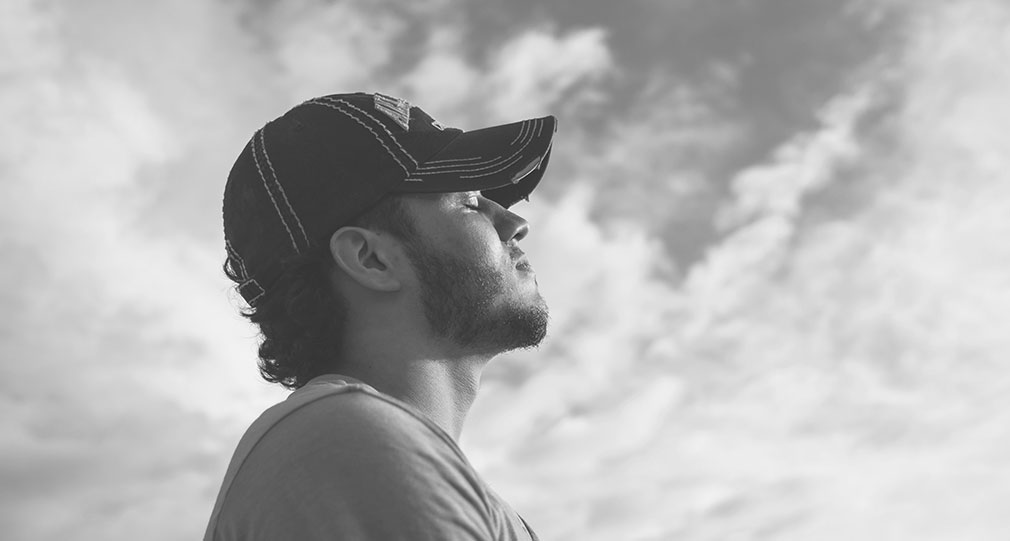
Who Does Sexual Assault Affect?
Sexual assault affects many lives — both directly and indirectly. It can span age, sexual orientation, religion and gender, and affects people of all socioeconomic backgrounds and education levels. A 2010 study (1) by the Centers for Disease Control found that:

Fact: One-in-five women are raped in their lifetime in the United States — almost 22 million women.
Fact: One-in-71 men are raped in their lifetime, or approximately 1.6 million men affected in the United States.
Fact: Sexual assault perpetrators are not strangers to their victims. It is a common misconception that sexual assault and rape are mostly perpetrated by strangers. In fact, most survivors know their perpetrators in some way. According to the Bureau of Justice Statistics (BJS), 60 percent of survivors are assaulted by an intimate partner, relative, friend or acquaintance. (2)
Fact: This rate is even higher for women who have been raped or sexually assaulted in college. (3)
79.6 percent of female rape victims were under the age of 25 when the incident occurred, and 42 percent had been raped before the age of 18. This puts young people at a disproportionately larger risk of sexual assault.
What Is a SANE Exam?
The Sexual Assault Nurse Examiner (SANE) team at Munson Healthcare reports conducting an estimated 75 sexual assault examinations each year. Recently, 12 staff members of the WRC participated in SANE response training. Along with the SANE nurses and law enforcement, we are part of the team that responds when someone has been sexually assaulted. Our job: to provide victims with emotional support and, in some cases, financial support.
What Can I Do?
Join us in our mission to end domestic and sexual violence. Refer anyone you know who needs help to attend our weekly Sexual Assault Support Group. Call 231-941-1210/1-800-554-4972 for time and location.
(1) Black, M.C. et al, (2011). Black, et al. (2011).
(2) National Institute of Justice. “Victims and Perpetrators.” (2010). www.nij.gov.
(3) Fisher, B.S., F.T. Cullen, and M.G. Turner. The Sexual Victimization of College Women. Washington, DC: U.S. Department of Justice, Bureau of Justice Statistics and National Institute of Justice. (2000) CJ 182369.
